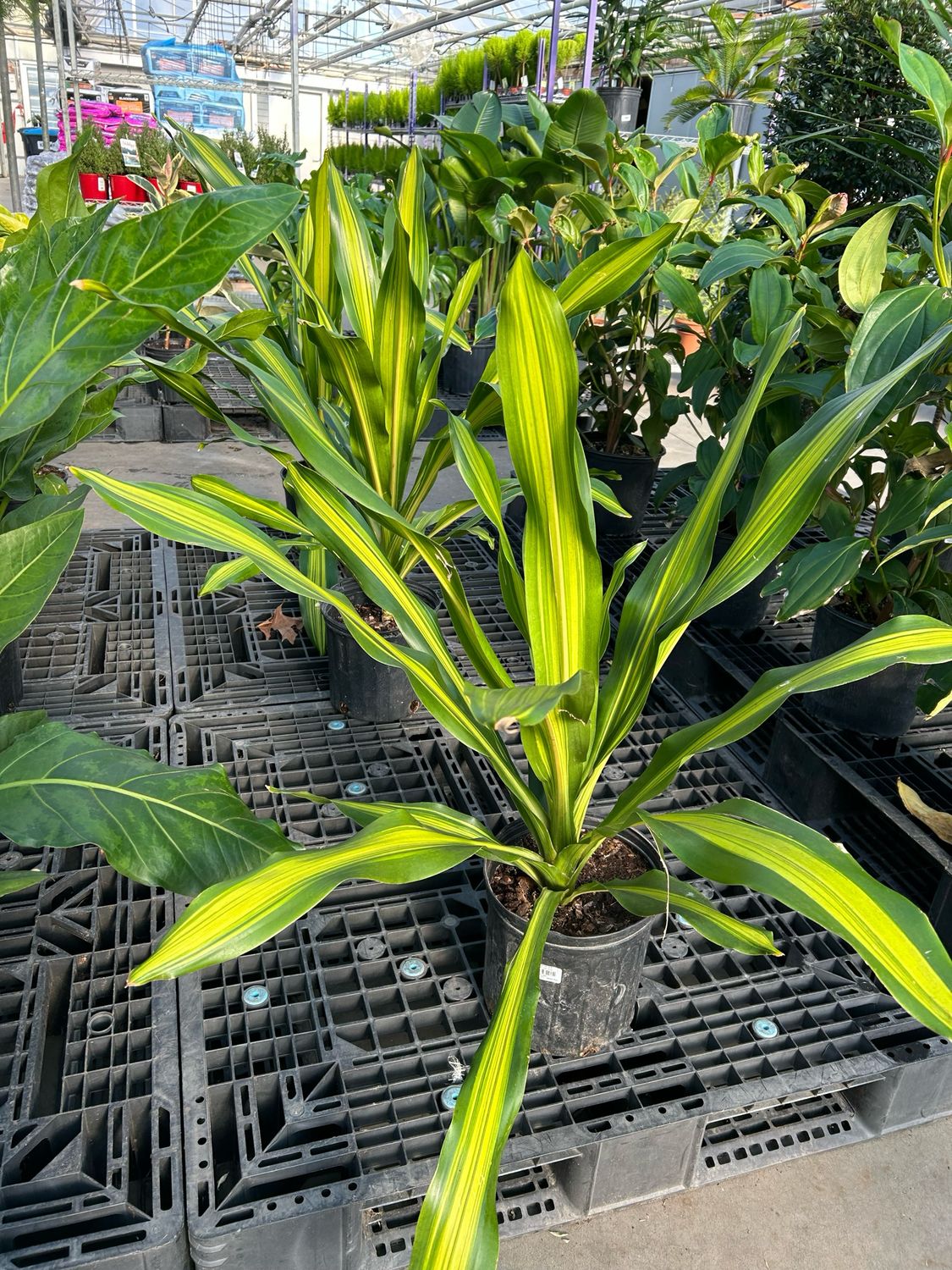Dracaena Gigantica 7 Gallon
Light
These vining houseplants like heaps of bright, indirect sunlight and will be right at home if they can make contact for at least 6 hours each day (indirect contact, that is!). Hoyas can tolerate medium light, but they’ll become weak and leggy and produce fewer leaves in lower light. To avoid being sad and somewhat guilty, ensure these wax vines are close to an east, or north-facing window or set back from a south or west-facing window. The more natural dappled light they absorb, the greater the odds they will shower you with flowers during the summer!
Water
Let your hoya indoor plants dry out between watering. Soak the soil thoroughly until the water drains out of the drainage holes. You’ll need to water more when they’re receiving more light, so adjust accordingly. Avoid over-watering. When the colder months arrive, cut back on watering; in wintertime, only water when their soil is completely dry.
Soil
Almost all types of hoyas need soil with excellent drainage. Hoyas should never be planted in dense soil mixtures with moisture-retaining crystals. You can use a universal potting soil for hoyas, but reduce the watering frequency when using this type of soil as it will retain water longer causing potential damage to the roots! Nutrient-rich, loose soils are perfect mixtures for wax vines! If your soil is not draining well, or you are transplanting your hoya, mix 1/2 cactus soil with 1/2 potting soil to increase drainage of the soil.
Temperature
Most hoyas love warm environments - 65-85℉ - and should be kept away from drafty windows and doorways during the colder months.
Humidity
Although hoyas can handle most household humidity levels, they will grow more rapidly when the humidity is higher than 60 percent. Do what you can to increase the humidity for these tropical, hanging, indoor plants. Try adding pebble trays filled with water under your indoor plants, group plants together, or use a cool mist humidifier.

